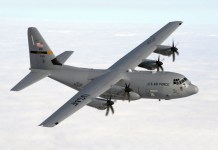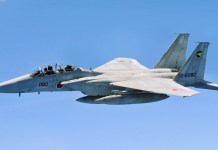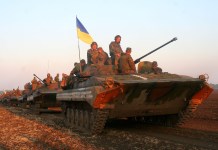A naval aviation brigade of China’s People’s Liberation Army Air (PLA) has recently conducted an exercise involving multi-type fighter jets, including Su-30MK2 and J-10A.
According to reports, tactical formations and maneuvers were practiced by the Eastern Theater Command, along with air-to-surface attacks, especially against sea targets.
Images of the exercise published by a Chinese website navy.81.cn show several combat jets from the PLA’s fighter fleet from the Eastern Military District, including Flankers and indigenously designed J-10 Dragons, taking to the sky
The Su-30MK2
The images released show multiple Su-30MK2 fighter jets. The Su-30MK2 is an improved version of the Chinese modified Flanker, the Su-30 ‘MKK’. The Su-30MKK was developed by Russia’s Sukhoi in 1997, following a direct request for tender from China.
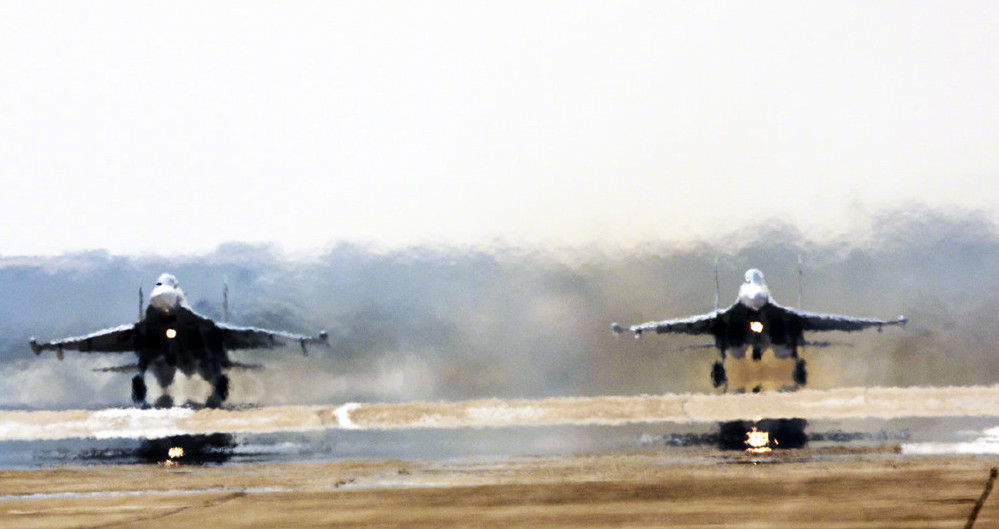
It is a heavy class, all-weather, long-range strike fighter, and like the Sukhoi Su-30, comparable to the American McDonnell Douglas F-15E Strike Eagle.
The MK2 incorporates the highly-improvised avionics suite and maritime strike capabilities. This variant also features a new C4ISTAR (command, control, communications, computers, intelligence, surveillance, target acquisition, and reconnaissance) suite as well as a new mission computer.
Distinctively, the aircraft also carries wingtip-mounted SAP-518 electronic warfare pods. It has a higher gross weight and strengthened undercarriage, and a new radar.
The J-10A
Another aircraft seen in the images is the J-10A, a single-engine, lightweight multirole fighter capable of all-weather operation, configured with a delta wing and canard design, with fly-by-wire flight controls.
The aircraft is produced by the Chengdu Aircraft Corporation (CAC) for the People’s Liberation Army Air Force (PLAAF). The J-10 is mainly designed for air-to-air combat, but may also perform strike missions.
The aircraft was developed on a request from the PLA for a third-generation fighter aircraft in 1989 and was decided to impart newer designs and modifications as developments progressed.
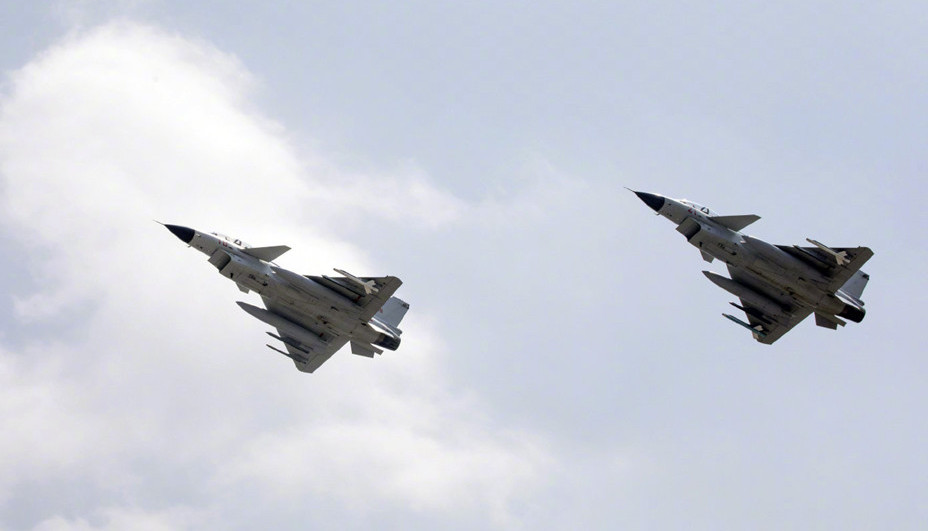
The J-10A has a rectangular splitter plate air intake ramp located underneath the fuselage, providing the air supply to the engine.
Newer variants use a diverterless supersonic inlet (DSI) that does not require a splitter plate and may reduce radar cross signature. Also under the fuselage and wings are 11 hardpoints, used for carrying various types of weaponry and drop-tanks containing extra fuel.
The newer variant, the J-10B also reportedly features an Active Electronically Scanned Array (AESA) radar.
Follow EurAsian Times on Google News

